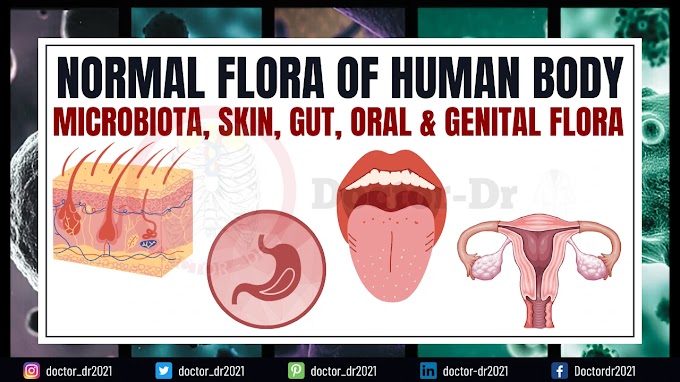Image Generated By AI.
In groundbreaking research, scientists have discovered a method to make the skin of living mice temporarily transparent using a widely used food dye, tartrazine, commonly known as Yellow No. 5. This technique allows for a clear view of internal organs and blood vessels without the need for invasive procedures or specialized imaging equipment.
The study, published in *Science*, involved applying a solution of tartrazine onto the skin of live mice. Within minutes, the dye created a temporary "window," rendering the skin almost as transparent as glass. This process unveiled details such as blood vessels, muscles, and internal organs. While not yet tested on humans, the approach could potentially pave the way for non-invasive methods to monitor injuries or diseases in the future.
Skin opacity in mammals is primarily due to its composition of water, lipids, proteins, and other molecules that scatter light in multiple directions. According to Zihao Ou, a physicist at the University of Texas at Dallas and lead author of the study, this scattering effect is similar to the cloudiness of bubbly water. Water and air are individually transparent but create cloudy microbubbles when mixed due to differing refractive indexes, a measure of how light bends when passing through a substance. Similarly, the high refractive indexes of fats and proteins in skin contrast with the surrounding water, making it opaque.
Image Source: Achieving optical transparency in live mice with absorbing dye molecules.
https://www.science.org/doi/abs/10.1126/science.adm6869
To address this, the researchers sought molecules capable of absorbing light and harmonizing the refractive indexes within skin layers. After testing 21 synthetic dyes, they identified tartrazine as the most effective. Widely approved by the U.S. Food and Drug Administration (FDA) for use in food, drugs, and cosmetics, tartrazine alters the refractive properties of tissue by absorbing light in the near-ultraviolet and blue spectra while increasing refractive indexes for red and yellow light.
During the study, the team applied tartrazine in solution to hydrogel samples designed to mimic human tissue optics and slices of raw chicken breast. When gently massaged into the skin of anesthetized mice, the dye made the skin clear within 10 minutes, revealing internal structures such as digestive tracts, muscles, and even intricate brain blood vessels under visible light and high-resolution laser imaging. If not washed off, the transparency lasted 10 to 20 minutes before the skin reverted to its normal state.
This method outperformed other transparency techniques, such as glycerol and fructose solutions, which lack the efficiency provided by tartrazine’s color properties. Alternative methods that physically remove certain molecules in tissues have been successful but are limited to nonliving samples.
Potential medical applications of this discovery are vast, though still in early stages. Guosong Hong, a materials science engineer at Stanford University and study co-author, suggests the technique could aid in skin cancer detection, simplify laser tattoo removal, or make veins more visible for blood draws and IV insertions, particularly in older adults.
The process also offers advantages over imaging technologies like MRI or ultrasound. Dermatologist Rajan Kulkarni from Oregon Health and Science University noted that this approach allows for visualization at light-microscopy resolution, surpassing the detail provided by current imaging methods. Kulkarni, who was part of a 2014 study that replaced tissue lipids with clear hydrogel, praised the new study as a promising proof of concept but emphasized the need for further research before clinical applications.
Safety remains a critical concern. While no adverse effects were observed in the mice after removing the tartrazine, Ou acknowledged potential temporary skin damage. Human trials will require extensive testing, as tartrazine is known to cause allergic reactions in some cases. Additionally, human skin, which is about 10 times thicker than mouse skin, may require significantly longer exposure times for the dye to penetrate.
The study's findings highlight tartrazine’s efficiency even in small amounts, aligning with FDA standards for its use in consumer products. The mice tolerated the highest tested concentration (0.6 molar) during short trials, but longer exposure in humans would necessitate safer and more effective molecules. "We hope our work inspires further research to develop new, efficient, and safe molecules for human applications," Ou concluded.
Reference:
Young L. J. (2024). Peek Inside: A food dye temporarily renders skin transparent. Scientific American, 331(5), 14. https://doi.org/10.1038/scientificamerican122024-5sxslDGjW2hhGjqPNSjN80
Ou, Z., Duh, Y. S., Rommelfanger, N. J., Keck, C. H., Jiang, S., Brinson Jr, K., ... & Hong, G. (2024). Achieving optical transparency in live animals with absorbing molecules. Science, 385(6713), eadm6869.


![Achieving optical transparency in live mice with absorbing dye molecules. Strongly absorbing molecules dissolved in water can modify the RI of the aqueous medium through the Kramers-Kronig relations to match that of lipids. This approach can render various samples transparent, including scattering phantoms, chicken breast tissue, and live mouse body for visualizing a wide range of deep-seated structures and activities. Scale bars, 5 mm. [The schematic was prepared using BioRender.com] Achieving optical transparency in live mice with absorbing dye molecules. Strongly absorbing molecules dissolved in water can modify the RI of the aqueous medium through the Kramers-Kronig relations to match that of lipids. This approach can render various samples transparent, including scattering phantoms, chicken breast tissue, and live mouse body for visualizing a wide range of deep-seated structures and activities. Scale bars, 5 mm. [The schematic was prepared using BioRender.com]](https://blogger.googleusercontent.com/img/b/R29vZ2xl/AVvXsEjzKiLUc1RWHT6lpX3o0g2AhUy_mjrUkJ02KbK4chsradV7oscsoOCcc-sckhQS4XMNIHY_BeHn4CSxUQs28mVO9tCgAueB66YpYgAPSAx4MJqKRnNM_nFRyezdX01PHqDADNPNdnMjpvF5axUWobFL6AKzRQ3Dqr9lhnfme3TfJwWBnMQXaD5tI8qaM0bn/s16000/science.adm6869-fa.webp)







